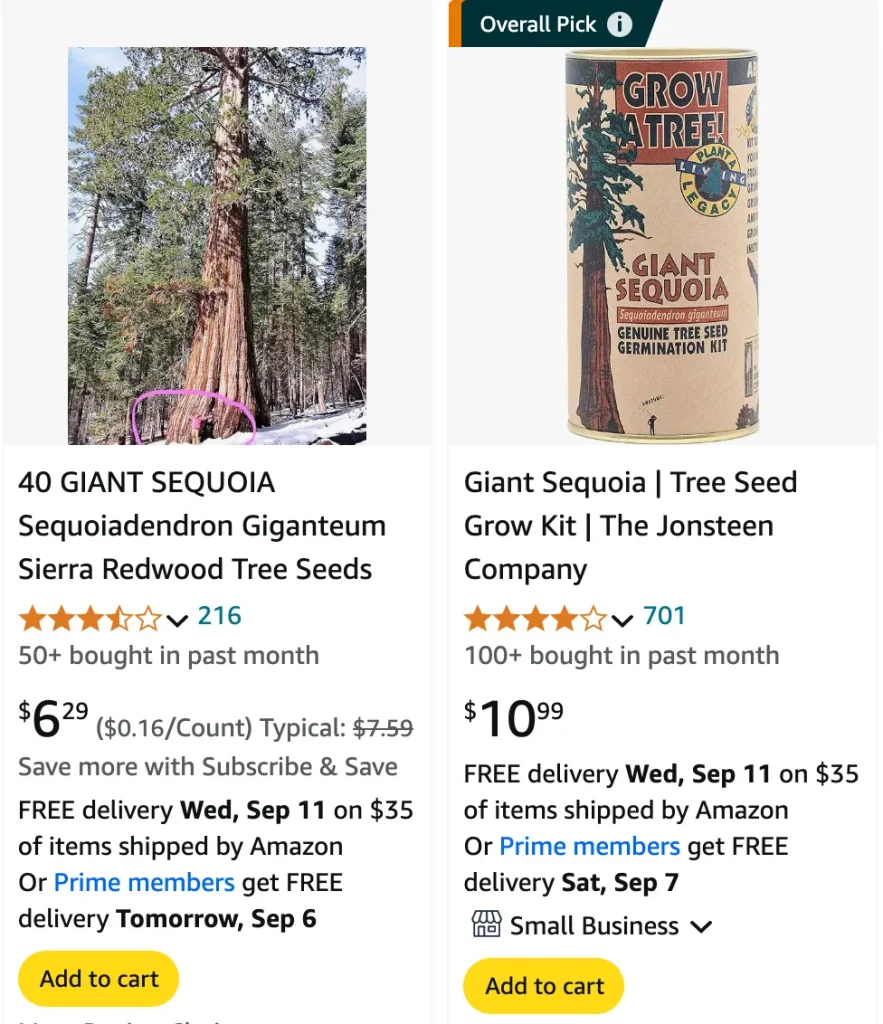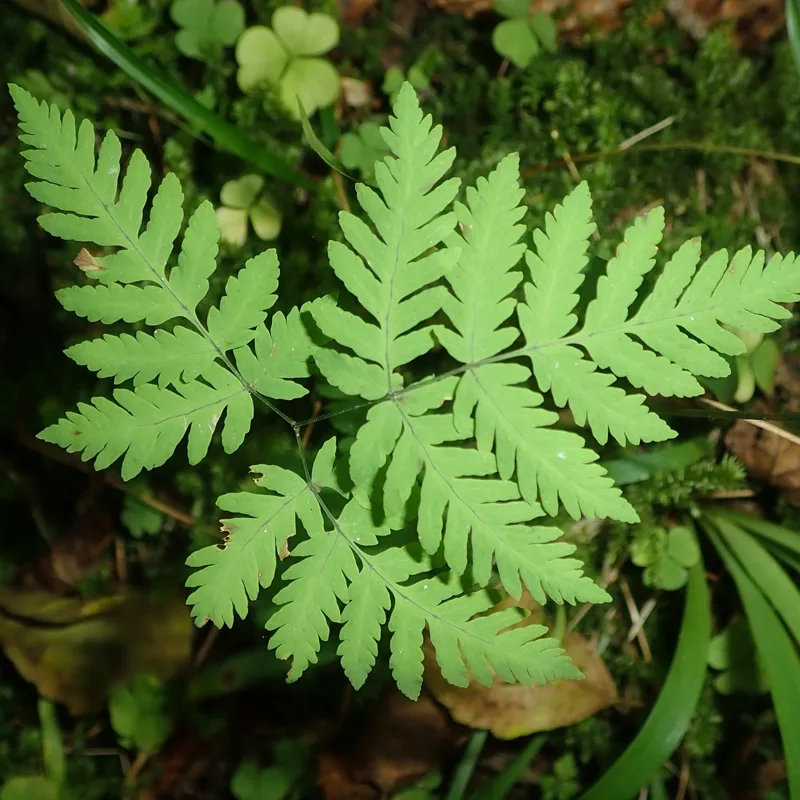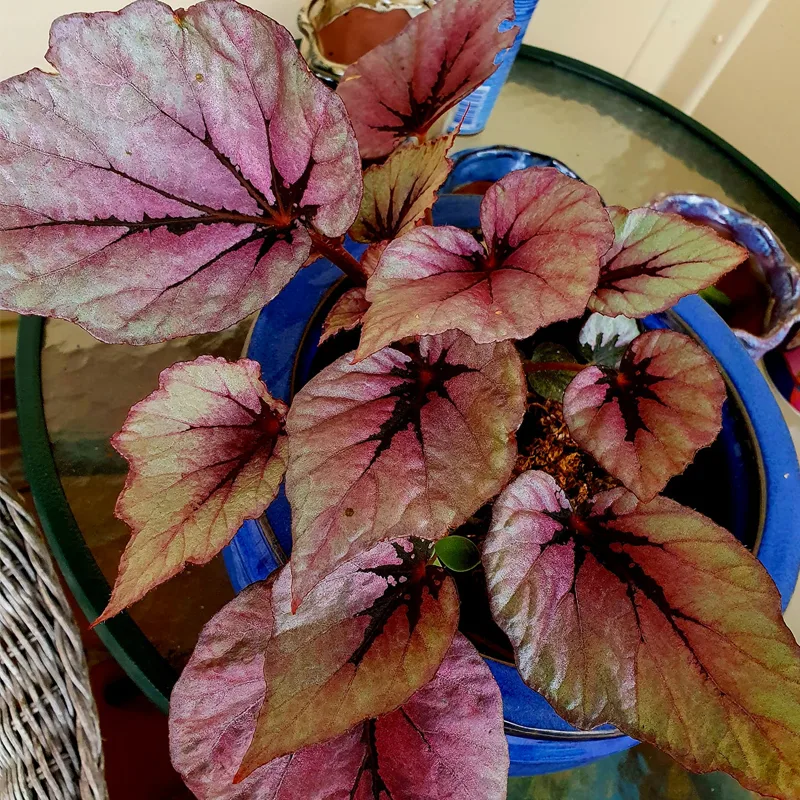
FAQs About Sequoiadendron Giganteum
As a plant enthusiast, I’ve spent a lot of time researching and caring for different species of trees. One of the most magnificent trees I’ve encountered is the Sequoiadendron Giganteum, also known as the Giant Redwood, belong to the Cupressaceae family. These towering giants have fascinated me for years, and I’ve come across a number of frequently asked questions about them. In this article, I’ll share my insights and experience with these awe-inspiring trees.
Plant Family: 30 Genera in Cupressaceae
Are There Sequoiadendron Giganteum in Oregon?
Yes, Sequoiadendron Giganteum can be found in Oregon. While these trees are native to the Sierra Nevada in California, they have been successfully grown in other areas with similar climates, including Oregon. I’ve personally seen them in the western part of the state, where the climate is cooler and wetter, which suits their needs. If you’re in Oregon, check out local arboretums and botanical gardens, as they often have mature specimens.
How Fast Do Sequoiadendron Giganteum Grow?
Sequoiadendron Giganteum have a reputation for growing slowly at first, but their growth rate picks up after a few years. In ideal conditions, they can grow about 2 to 3 feet per year. When I planted a young Giant Redwood in my yard, I noticed that after the initial slow start, it quickly began to gain height, especially when I made sure it had ample water and nutrients. That said, it’s important to have patience because these trees are built for the long haul.
How Tall Are Giant Redwood Sequoiadendron Giganteum?
These trees are among the tallest living organisms on Earth. Mature Sequoiadendron Giganteum can reach heights of 250 to 300 feet, with some specimens even surpassing that. The tallest trees in their natural habitat of the Sierra Nevada can stand well over 300 feet. Seeing one up close is an awe-inspiring experience, and it’s a reminder of nature’s grandeur.
How to Pronounce Sequoiadendron Giganteum?
Sequoiadendron Giganteum is pronounced as “seh-KOY-ah-DEN-dron jye-GAN-tee-um.” The pronunciation can be a bit of a tongue-twister, but once you get used to it, it rolls off easily.
Is Sequoiadendron Giganteum a Gymnosperm?
Yes, Sequoiadendron Giganteum is a gymnosperm. This means it’s a seed-producing plant that doesn’t flower but instead produces cones. The gymnosperm classification places it in the same group as conifers like pines, firs, and spruces. It produces small, woody cones that contain seeds, which can be used for propagation.
What Climate Should Sequoiadendron Giganteum Be Planted In?
Sequoiadendron Giganteum thrives in temperate climates with cool, moist conditions. It prefers areas with well-drained soil and plenty of water, particularly in its early years. In my experience, they do best in USDA Hardiness Zones 6 to 8. While they can tolerate some drought, consistent moisture is essential for their growth. The climate should mimic the mild summers and snowy winters of their native range in the Sierra Nevada.
When to Prune a Sequoiadendron Giganteum?
Pruning Sequoiadendron Giganteum should be done in late winter or early spring before new growth starts. I’ve found that it’s important to prune only dead or damaged branches to avoid stressing the tree. These trees don’t require frequent pruning, but occasional trimming can help maintain their shape and health. Be careful not to over-prune, as these trees rely on their branches for support.
Where Can I Purchase Sequoiadendron Giganteum Hazel Smith for Sale?
The Hazel Smith cultivar of Sequoiadendron Giganteum is known for its cold hardiness. It’s a bit more challenging to find, but nurseries that specialize in rare or exotic trees often carry it. I’ve had success finding Hazel Smith online through specialized tree nurseries. Before purchasing, always verify the source to ensure you’re getting a healthy specimen.
Sequoiadendron Giganteum vs Sequoia Sempervirens
People often confuse Sequoiadendron Giganteum with Sequoia Sempervirens (the Coast Redwood). While both are redwoods, there are distinct differences. Sequoiadendron Giganteum grows in the Sierra Nevada and is bulkier and shorter compared to Sequoia Sempervirens, which grows along the coast and can reach even greater heights. Sequoias also have a thinner bark compared to the thick, fire-resistant bark of Sequoiadendron. Personally, I find Sequoiadendron more majestic due to its massive trunk and historical presence in mountain forests.
How to Care for Sequoiadendron Giganteum?
Caring for Sequoiadendron Giganteum requires attention to watering and soil conditions. These trees need plenty of water, especially during their early years. I make sure to water mine deeply once a week, and I mulch around the base to retain moisture. Additionally, they prefer slightly acidic to neutral soil. Fertilizing isn’t necessary for mature trees, but younger ones benefit from a balanced fertilizer in the spring.
Can You Grow Sequoiadendron Giganteum Indoors?
Unfortunately, growing Sequoiadendron Giganteum indoors is not practical. These trees require vast amounts of space, light, and water to thrive. They are best suited to outdoor environments where they can grow to their full potential. I’ve tried growing seedlings indoors for short periods before transplanting them outside, but they quickly outgrow indoor containers.
Is Sequoiadendron Giganteum Toxic?
Sequoiadendron Giganteum is non-toxic to humans and pets, making it a safe choice for households with animals and children. In my experience, it’s a wonderful addition to a garden without posing any risk.
What Are Common Problems with Sequoiadendron Giganteum?
One common issue is root rot, which can occur if the tree is planted in poorly drained soil. Pests like bark beetles can also be a problem, although Sequoiadendron’s thick bark offers some protection. I’ve also noticed that young trees are susceptible to drought stress, so it’s important to keep them watered during dry periods.
Can Sequoiadendron Giganteum Be Propagated?
Yes, Sequoiadendron Giganteum can be propagated from seeds or cuttings. I’ve had success with both methods, though growing from seeds requires more patience. Cuttings tend to root more quickly but require careful attention to humidity and temperature.
Growing Sequoiadendron Giganteum is a long-term commitment, but the rewards of nurturing one of the planet’s most extraordinary trees are unmatched.
If i die, water my plants!



